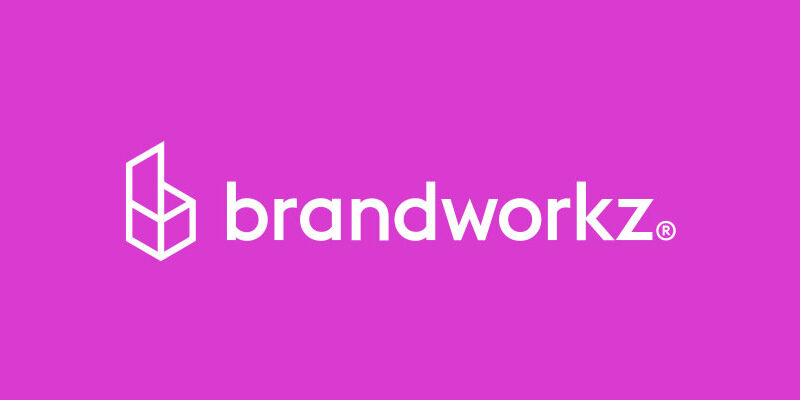I have recently been in Silicon Valley and San Francisco meeting with a variety of CMOs and Marketing Directors, as well as many Branding and Marketing agencies.
Silicon Valley is of course incredibly dynamic and forward-thinking when it comes to software and technology across every industry sector. Indeed, one of our own clients is located there. They are at the forefront of life-sciences, pioneering breakthrough proton therapy equipment for cancer patients which enables 3D targeting of tumors coupled with software-assisted dosage regulation.
All of this innovative thinking is rubbing off on some of the marketers and agencies there and has highlighted in my mind what the main drivers of a strong brand strategy and good brand management will be over the coming years. Here are my three predictions for the future of branding.
1. User Interface (UI) and User eXperience (UX)
Brands need to rethink where and how they interact with their consumers. Digital User Experiences are fast taking over from traditional brand touch points as the most important interfaces for brands with their customers.
Take banking as an example. Personally, I interact more often with my bank (NatWest in the UK) through their iPhone app and their various personal and business web-applications than through their physical or paper-based touch points.
When they recently released a new version of their iPhone app with a massively improved UI/UX, which by the way is also very on-brand in terms of look-and-feel, my estimation of them went up by more than it would have through pretty much any other brand or marketing related activity they could have undertaken.
What does this mean if you are a Brand Owner?
Before embarking on any brand or re-brand exercise, ask your existing and potential customers what the most important touch points with your organisation are likely to be for them, whether you have these already or not. Then rank them in terms of which ones will contribute the most to consumer satisfaction and which will attract potential customers most effectively.
Then decide if you should:
a. go with a ‘traditional’ branding agency which is strong on general positioning and creative – and then have a separate digital agency interpreting this output for your digital UX and UI.
b. or if digital User Experiences are so important to your customers that this justifies choosing an agency that has UX as a core competency – but also understands and can develop a brand positioning.
What does this mean if you are a Branding Agency?
If you don’t already have, or are not already developing a strong digital UX and UI capability NOW then you need to do so, and fast.
Many brand owners are already putting this capability at the top of the list when choosing a branding agency. These agencies will sooner rather than later become the agencies of record (or in UK terms, Lead Agency), because they are also picking up the traditional branding work such as positioning, identity, communications, stationery, signage, brochures and other marketing materials.
2. Analytics
Analytics is becoming even more integral to good brand management. With an effective digital asset management system it will soon be possible to track where and how your brand assets are being used online, as well as their effectiveness and relevance.
In the case of material with a limited lifespan such as specific campaigns, videos or images, it is possible to track where these are so they can be replaced when appropriate. This is vital in the digital space where, as we all know, the interaction between brand and consumers is two-way.
If you are a brand owner, ask yourself the following questions:
a. When your images and videos are used on 3rd party sites, should these be available from your brand asset management site so you can track their popularity and use – as well as changing them if they become out of date.
b. If you allow consumers or 3rd parties to download your brand images and videos can you track where they are used?
3. Differentiated positioning and visual style is more relevant than ever
What I have also learnt is, that while advances in technology are changing the face of brand management, a differentiated positioning and supporting visual style remain as important as ever, if not more so.
Most product categories are immensely crowded, and competition is now not just from your own country but from the whole world as consumers are switching their spend to the internet (my wife spends more money on the internet than on the high street).
Therefore, to build a successful brand and business you must have a product or service that is highly relevant to your target market – and differentiated from your competitors. In addition, you must also be able to communicate this clearly and consistently, both visually and through your messaging in every communications channel you use.






